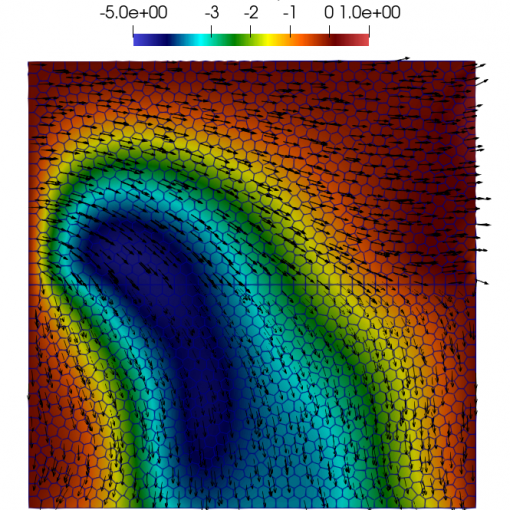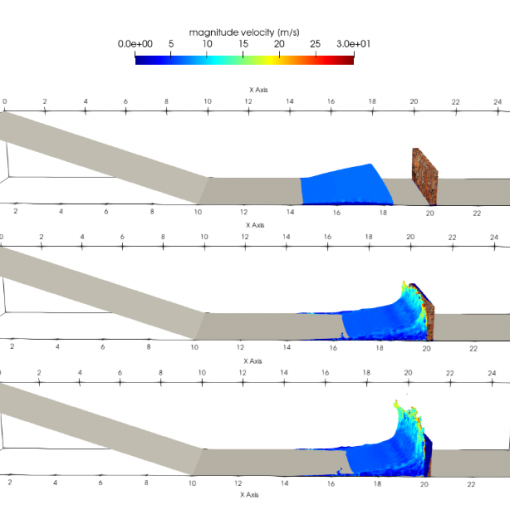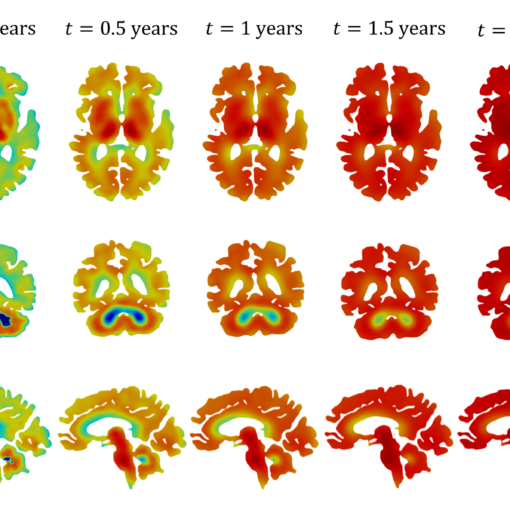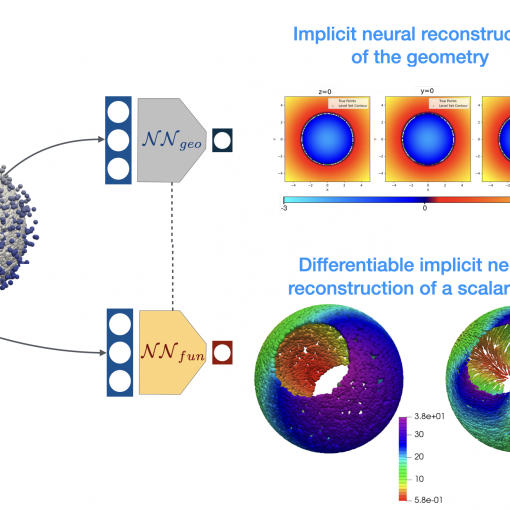A new MOX Report entitled “Functional-Ordinal Canonical Correlation Analysis With Application to Data from Optical Sensors” by Patanè, G.; Nicolussi, F.; Krauth, A.; Gauglitz, G.; Colosimo, B. M.; Dede’, L.; Menafoglio, A. has appeared in the MOX Report Collection of the @mox_lab -@dipartimento di matematica, @polimi .
Check it out here: https://www.mate.polimi.it/biblioteca/add/qmox/07-2025.pdf
Abstract: We address the problem of predicting a target ordinal variable based on observable features consisting of functional profiles. This problem is crucial, especially in decision-making driven by sensor systems, when the goal is to assess a ordinal variable such as the degree of deterioration, quality level, or risk stage of a process, starting from functional data observed via sensors. We purposely introduce a novel approach called functional-ordinal Canonical Correlation Analysis (foCCA), which is based on a functional data analysis approach. FoCCA allows for dimensionality reduction of observable features while maximizing their ability to differentiate between consecutive levels of an ordinal target variable. Unlike existing methods for supervised learning from functional data, foCCA fully incorporates the ordinal nature of the target variable. This enables the model to capture and represent the relative dissimilarities between consecutive levels ! of the or dinal target, while also explaining these differences through the functional features. Extensive simulations demonstrate that foCCA outperforms current state-of-the-art methods in terms of prediction accuracy in the reduced feature space. A case study involving the prediction of antigen concentration levels from optical biosensor signals further confirms the superior performance of foCCA, showcasing both improved predictive power and enhanced interpretability compared to competing approaches.





